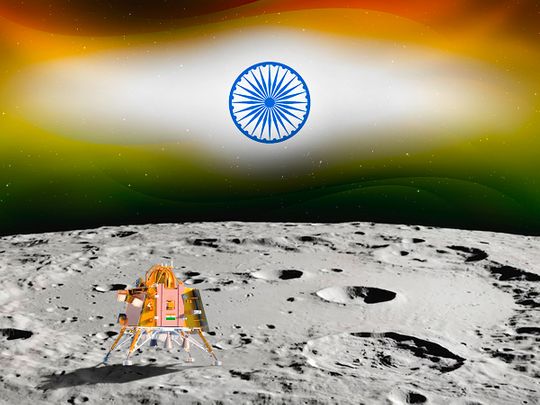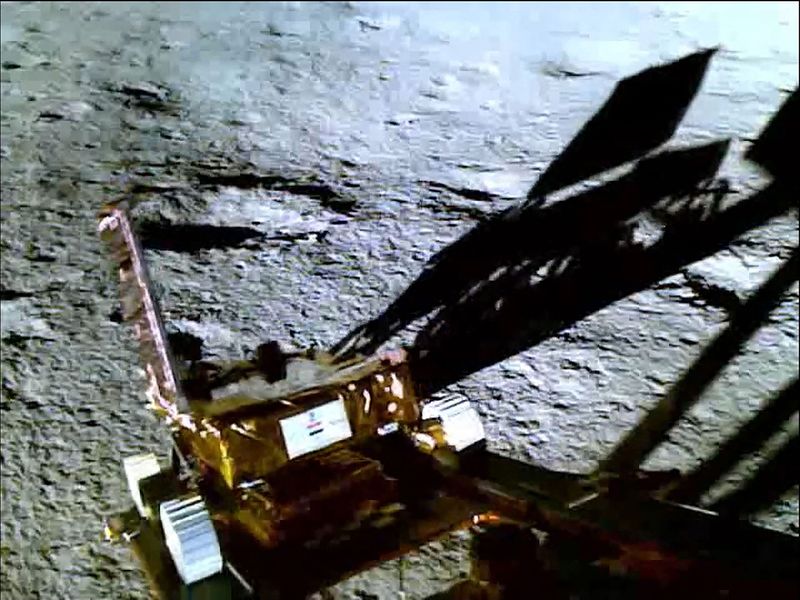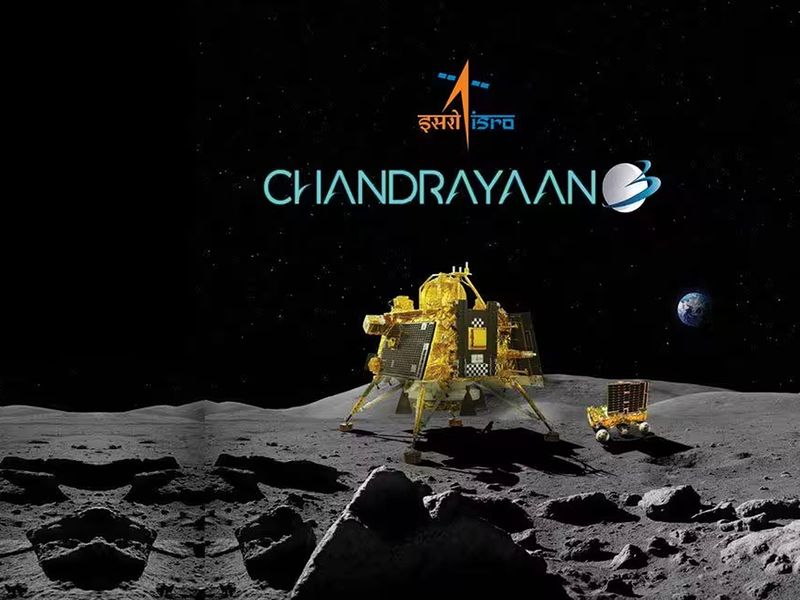
In an ironic twist that could serve as poetic justice, India’s successful Chandrayaan-3 Mission has thrown quite the wrench into the narrative formerly popular in Western media circles.
The New York Times, which once used caricature to belittle India’s ambitions, would now have to reckon with the reality of the nation’s pioneering achievement on the moon’s south pole. Yet, it seems some habits die hard.
In a striking display of unabated scepticism, the Financial Times decided to pick up where the New York Times left off. Just yesterday, they featured a caricature depicting an Indian autorickshaw, or tuk-tuk, on the moon’s surface.
While meant to be satirical, this too could someday be seen as a glaring underestimation, much like earlier caricatures. As India continues to push the boundaries of space exploration, one can only wonder when such outlets will catch up to the present, rather than lingering in their outdated notions.
Perhaps the next milestone will finally force them to recognise that India isn’t just knocking at the door of the ‘elite space club,’ but has firmly taken its seat inside. Needless to say, this has been made possible due to the relentless efforts of scientists at the Indian Space Research Organisations (Isro) and all the other organisations which assisted Isro.
Read more
- Chandrayaan-3’s successful moon landing: A world-first accomplishment by India
- Chandrayaan-3: India’s Moon Mission nears epic south pole touchdown
- Chandrayaan-3: The biggest comeback story of our times — India is on the Moon and history is made
- Why the success of India’s moon mission feels personal to every Indian
A significant milestone
Let us now delve into a fascinating contrast that puts the ingenuity of India’s space program into perspective: the entire cost of the Chandrayaan-3 mission was less than one-third of the amount spent for producing Hollywood blockbuster, “Avengers: Endgame.” Yes, you read it correctly!
While Iron Man and his comrades were busy saving fictional worlds with an arsenal of CGI effects, Indian scientists were making real-life strides in space exploration — with a price tag that would even make Tony Stark reconsider his spending habits.
It’s no hyperbole to say that India’s space endeavours serve as a glowing beacon of inspiration, not just for emerging economies, but for the Global South at large. So, next time you’re awestruck by the spectacle of a superhero film, remember: India is creating heroes in lab coats, and that too on a budget.
This is precisely why the World’s scientific community is seeing Chandrayaan Mission as a significant milestone. The instruments on the Vikram lander and Pragyan Rover of Chandrayaan-3 Mission are designed to delve deep into the intricacies of the moon.

A groundbreaking mission
Notably, ChaSTE (Chandra’s Surface Thermo-Physical Experiment) will investigate the thermal characteristics of the moon’s surface near its polar region. Meanwhile, Laser Retroreflector Array (LRA), coupled with the laser reflector on Vikram, will offer precision in determining the lander’s position on the lunar terrain for upcoming orbiters. Incidentally, LRA has belongs to Nasa of USA.
Further, RAMBHA-LP is set to measure the density of surface plasma. To grasp the lunar crust and mantle’s make-up, ILSA will gauge seismic activities around the landing site. LIBS will examine the elemental composition of lunar soil and rocks in the landing vicinity, shedding light on elements such as Magnesium, Aluminum, Silicon, Potassium, Calcium, Titanium, and Iron.
The APXS will further probe into the mineralogical and chemical composition, deepening our comprehension of the moon’s surface. Lastly, SHAPE aims to explore the spectra-polarimetric patterns of Earth within the near-infrared wavelength spectrum, offering insights into what makes our planet habitable. All these instruments will substantially augment not only India’s but world’s understanding of the moon.
Isro, is gearing up for its groundbreaking Aditya L1 mission, aimed to be the nation’s first space-based solar observatory. Set to launch in the coming weeks, the spacecraft will occupy a halo orbit around the Lagrange point 1 (L1), situated 1.5 million km from Earth.

Inspiring space programs worldwide
This unique position allows for uninterrupted real-time monitoring of solar activities and their impact on space weather, providing crucial data for early warnings against solar storms that could harm satellites and electrical grids. The mission presents technical challenges in both placing and maintaining the spacecraft in this distant and precise orbit. This will be followed by a mission to study the planet, Venus.
The success of India’s Chandrayaan-3 mission serves as a powerful exemplar of what can be achieved through meticulous planning and engineering, inspiring emerging space programs worldwide. Chandrayaan-3’s triumph affirms that the realm of space exploration is open for collective, international ventures, rather than being a domain exclusive to long-standing space powers.
The UAE has made rapid strides in its own right, exemplified by the Hope Probe to Mars, becoming not only the first Arab country to achieve this feat but also catalysing a regional movement for space exploration through the Arab Space Cooperation Group, which includes 11 Arab nations.
The cooperative undertakings between India and the UAE, such as the launch of the UAE’s Nayif-1 nanosatellite from India’s Satish Dhawan Space Centre, further spotlight the symbiotic relationship that is flourishing between the two countries.
As noted by Union MoS Jitendra Singh, this collaboration, formalised by a 2016 MoU between Isro and UAESA, is set to escalate, exemplifying how bilateral partnerships can contribute to a broader, more inclusive landscape of global space exploration.
Bibek Debroy is Chairman, Economic Advisory Council to the Prime Minister of India and Aditya Sinha is Officer on Special Duty, Research, EAC-PM. Views expressed are personal.







